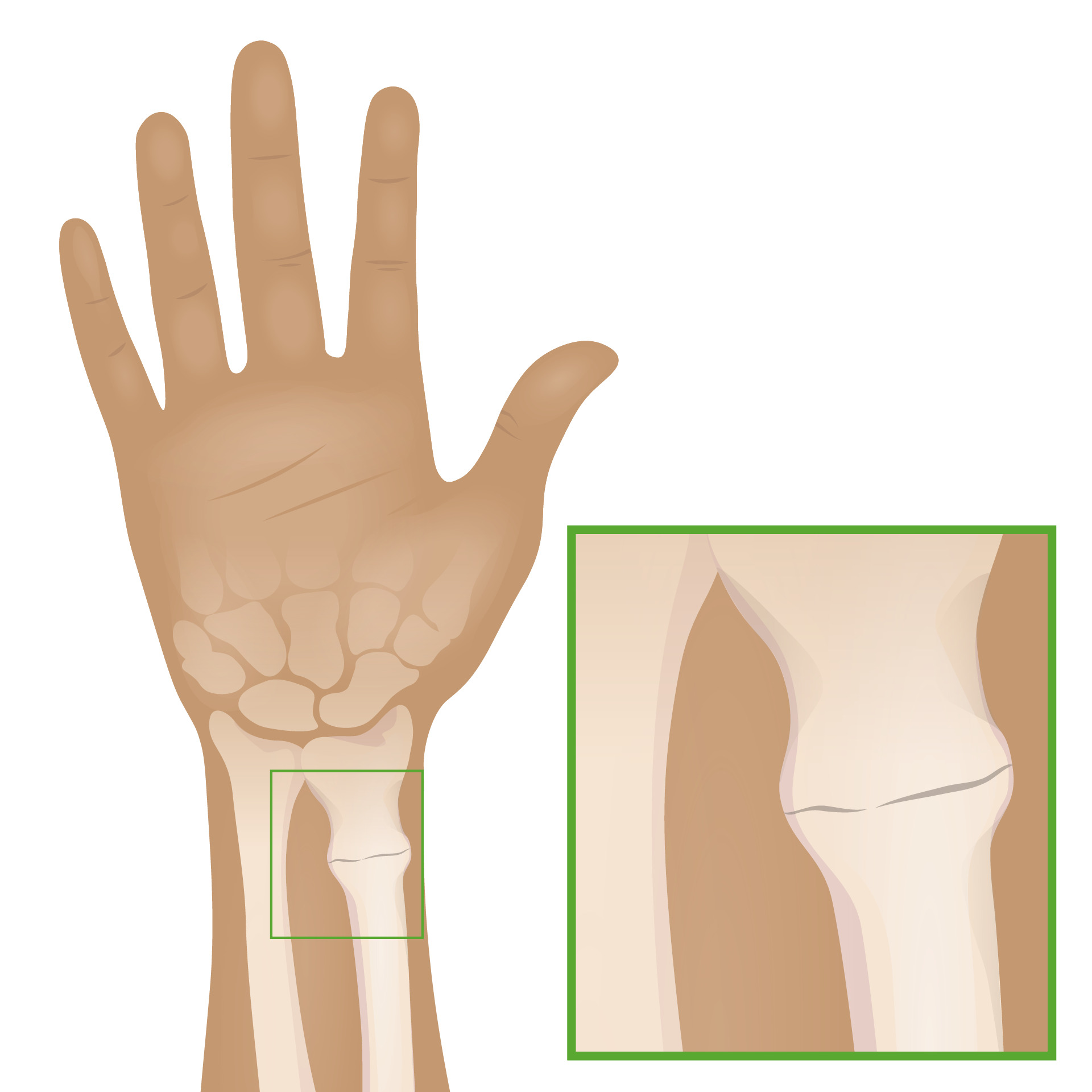
Avoid contact sports for six weeks after the injury.Ĭhildren love to run, hop, skip, jump and tumble, all of which are activities that could potentially result in a buckle fracture to the forearm should an unexpected fall occur.Most children will not need a follow-up appointment or X-ray, because buckle fractures usually heal quickly without any problems.Your child should wear a removable backslab (partial cast) or splint for three weeks.A buckle fracture in the wrist is a small area of compressed bone.In adults, the commonest form of buckle fracture seen is a buckle fracture of the ribs. An arm sling is optional, and may help reduce any pain or discomfort.īuckle fractures are more common in children, especially aged 5-10 years, due to the elasticity of their bones. Buckle fractures or torus fractures are stable due to the thick periosteum present in this patient population and unlike other pediatric wrist and forearm fractures, the risk of future displacement is minimal 3.īuckle fractures are treated by wearing a removable backslab (a partial cast held in place with bandages) or ready-made splint, which should be worn as much as possible but can be removed for bathing or showering. There is no deformity in the wrist, which means the wrist will not be out of its usual shape.īuckle fracture or torus fracture is a stable fracture, meaning that the broken pieces of bone are still in position and have not separated apart (displaced). The wrist may be tender, slightly swollen, and painful to move. The bone will have a very small fracture, which is so minor that it may be difficult to see on X-ray (Figure 2). The injury affects the radius bone in particular. The most common type of buckle fracture in children occurs in the forearm, near the wrist, usually after a child falls onto an outstretched arm. Torus (buckle) fractures of the distal forearm are common injuries in children and young adolescents, typically occurring after a fall on an outstretched arm 2. Torus or buckle fracture occurs in the transition zone between metaphyseal and diaphyseal bone 1. The topmost layer of bone on one side of the bone is compressed, causing the other side to bend away from the growth plate. No planned follow up is required but if, your child still has a lot of pain or is not willing to use their wrist then you should contact the Emergency Department.Buckle fracture also called torus fracture, is an incomplete fracture of the shaft of a long bone that occurs when a bone “buckles” or slightly crushes in on itself and is characterized by bulging of the cortex of the bone. There may also be mild swelling of the affected wrist which will again settle a few days after the accident. It may be helpful to ease your child’s discomfort with simple pain killers, such as paracetamol and ibuprofen. Your child may have some pain in their wrist which will settle over a few days. Your child should avoid sporting activities, physical education and rough play for another 6 weeks to avoid further injury.

This type of injury heals very well without treatment such as a splint or plaster. This injury is treated like a sprain and does not result in permanent deformity. What is a buckle fracture?Ĭhildren’s bones are softer and more flexible than adults so instead of breaking all the way through it will often bend on one side rather than break. This is the most common type of fracture in young children. Your child has sustained a ‘buckle’ fracture (break) of their wrist.


 0 kommentar(er)
0 kommentar(er)
